Warts are a benign formation on human skin. Usually it is a few millimeters in size, but there are larger types of warts as well. Such tumors can appear in many different places on the human body.
As you know, not all types of warts are safe. There are certain types of skin lesions that need immediate removal. This is necessary to prevent complications later on.
Classification of warts
In medicine, there are several benign forms that can appear on human skin. They differ in appearance, have different developmental characteristics, as well as location.
There are the following types of warts:
- ordinary (most common);
- Plantar (observe on the feet);
- pointed (condylomas);
- filiform (acrochords);
- flat.
Common warts
Such tumors usually do not exceed 1 cm in diameter, they are rather dense tumors with uneven surfaces and clear boundaries. A lesion on the skin, belonging to this species, is characterized by the following features:
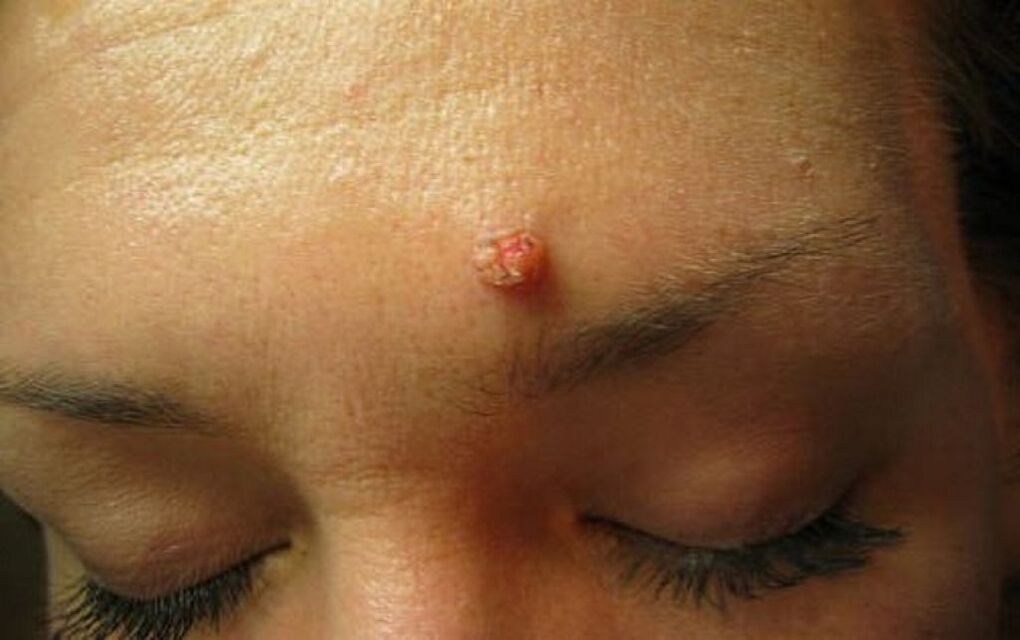
- circle;
- color from yellow to dark gray;
- Common warts are commonly found on elbows, fingers, knees, lips, and other areas of the body that are often injured.
Sometimes the formations go away on their own, but in most cases they require long-term treatment.
Plantar warts
Such outbursts derive their name from their location. They are on the feet, have a convex shape, but due to the constant pressure exerted by the weight of the human body, they can become flat. The formation is surrounded by a layer of keratinized skin.
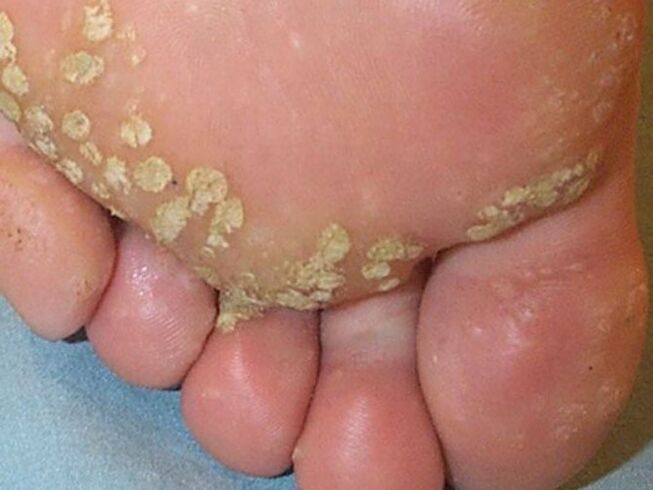
Plantar growths can be uncomfortable and painful. This type of benign lesion differs from the corn cob in that small drops of blood protrude when cut rather than spilled with fluid. Plantar warts can cause problems with wearing shoes. They are likely to appear at any age.
Genital warts
The epithelial fibrous formation contains a large number of interconnected pointed nodules. Their surface can be white or red, sometimes they bleed and cause pain.
Benign tumors with pointed tips often appear on the mucous membranes, at the places of its transition into the skin. In the future, they grow, become big. As a result, tumor-like growths are formed.
Filiform warts
Such formations on the skin get their name from the shape. Warts are small and long. Their localization locations are as follows:
- face to face;
- neck;
- lip.
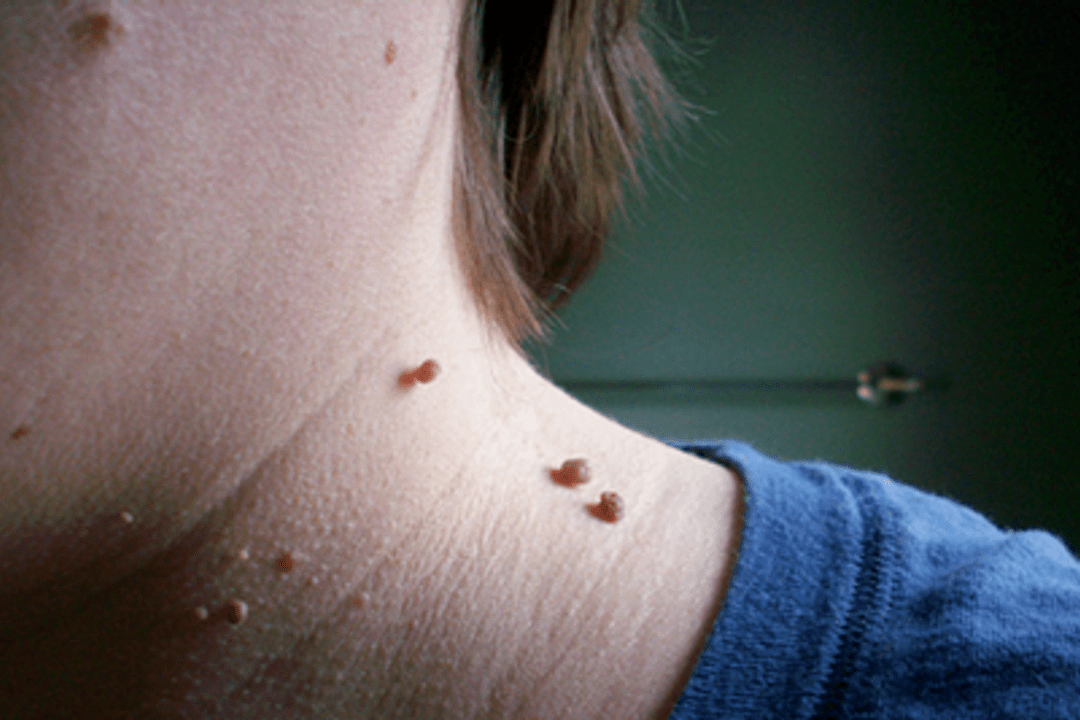
Externally, the fibrous formations resemble a broken thread. They can appear on the body of a person of any age, but they are most often observed in older people. As they grow, the fibrous formations change their appearance:
- At first, the gourds look like small pimples on the skin. For this reason, they can easily be mistaken for a mole.
- After that, the nodule increases in size, has an elongated shape. In some cases, the lute is round but still has a thin body.
- In terms of consistency, the formation is elastic and relatively dense. As a rule, its length is not more than 5 mm, however, there are cases where the lute is longer than 1 cm.
Some people have several body formations that develop together. So they resemble a beehive in appearance. The gourd can be brown or still have flesh. Sometimes they itch.
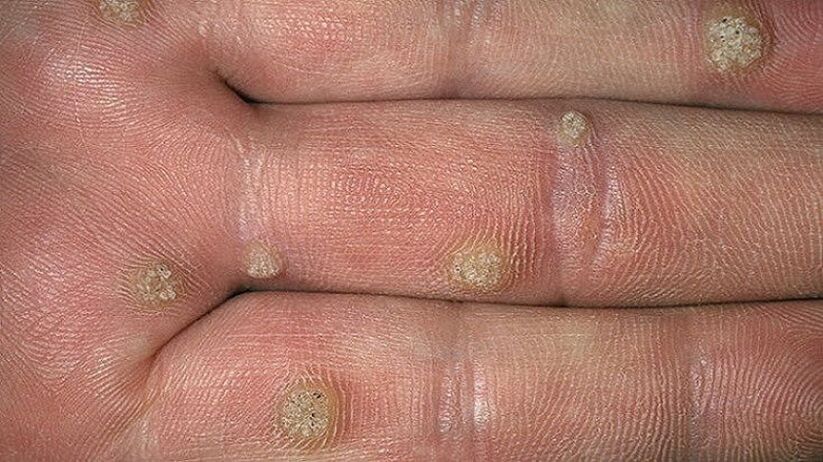
Flat warts
Such formations are nodules that are flat to the touch. They stand out for their yellow-brown color and are usually located on the eyelids and face. These nodules are common in children, but they can also appear in older adults. These benign tumors do not tend to transform into malignancies. This type of growth is extremely rare.
Flat warts are raised slightly above the surface of the skin. They are characterized by a smooth surface and clear boundaries. An outstanding feature is that the skin is not keratinized, so smoothness and shine are maintained. Such formations are localized on the face, shins, back of the hands.
Advice!In the case of a tumor on the body, you must definitely seek the advice of a dermatologist. Only he can establish their exact nature. This will eliminate the growth of melanoma on the skin.
Warts of old age
There is another type of benign formations that arise on the human body, which can be distinguished into a separate type. Their features are as follows:
- senile warts (seborrheic keratosis) appear only in the elderly and do not require treatment;
- they are usually located on the skin, often covered with clothing, rarely on the hands and face;
- Such tumors develop from the epidermis.
Elements of seborrheic keratosis are often abundant. Clinical manifestations depend on time of development and location. The elements are initially small flat spots of pink or yellow color with clear boundaries, as well as a wrinkled surface.
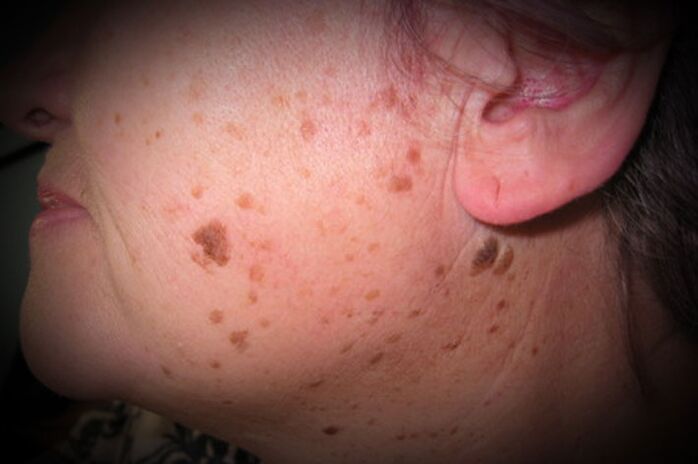
They are like greasy scales on the skin, which can be easily removed. Then, these crusts are compacted, many cracks appear. Over time, they change into a mushroom shape, becoming black or dark brown.
The formations have a soft consistency, their boundaries may not be completely clear, even jagged. However, they are similar to melanoma. In some cases, there is a dome-shaped form of seborrheic keratosis elements.
Advice!When you have age-related warts, you should significantly increase the amount of vitamin C entering the body. It helps prevent new stains from appearing. However, it must be remembered that an excess of vitamin C can lead to some changes in the functioning of the stomach, as well as contribute to the occurrence of kidney stones.
The choice of treatment depends on the type of wart being treated. One way or another, this process should not be left to chance. Timely contact with a dermatologist will allow the patient to undergo the skin formation removal procedure easily and without complications. In addition, warts can be confused with malignancies, the definitive treatment does not need delay.














































































